|
Taylor & Barrett created a number of A.R.P. related lead figure sets pre-war. The below shows No.213 - Decontamination Squad. The figures are shown in black anti-gas oilskins (during the war the oilskins were a dark green colour) with khaki haversacks and respirators. One figure is using a gas detection stick (a special paper was applied to the bottom and would react with any gas agents it came into contact with), one has a spade for spreading sand and other material to counteract liquid gases, one with rubber hose for cleaning the street, another has sweeping brush and one has a bucket.
The second photo shows a mix of figures from the same series (there are two gas identification sticks in this grouping). These sets are highly collectible and command high prices at auction, especially those still in the original box.
0 Comments
The below Christmas and New Year greeting postcard reached just over £100 on eBay recently (September 2023). The postcard features a photograph of Prime Minister Winston Churchill saluting a Civil Defence parade that took place in Hyde Park in July 1941 (there is film of this parade on YouTube - see below). Here's a lovely survivor. A snakes-and-ladders style board game based around Air Raid Precautions - "A.R.P." The board covers all the various services likely to be involved in an air raid from wardens, ambulances, decontaminations and rescue, etc. The bomber on the cover appears to have been copied from the Fairey Hendon.
Many thanks to Steve Crookes for the image. Over the years, I've seen a great number of items made from the stone retrieved from the bombed Houses of Parliament. There are plenty of stone bookends that feature a motif of Winston Churchill. Donations from the sale of items were sent to the Red Cross & St. John Fund. It's rare, however, to see the original letter that was sent with a stone (in this case a letter "V") and signed by Vincent Baddeley. Over the course of the second world war the Palace of Westminster was damaged in air raids on 14 different occasions.
On the night of 10 to 11 May 1941, German high explosive (HE) and incendiary bombs (IBs) caused severe damage to the Palace of Westminster. The roof of Westminster Hall and the Commons Chamber were set alight. The fire services were severely stretched by the conflagrations and it would have been impossible to save both, so the decision was made to concentrate on saving the medieval Westminster Hall. The fire completely gutted the Commons Chamber (whose ceiling collapsed) and the Members' Lobby. In 1943, Winston Churchill decreed that the Commons Chamber must be "restored in all essentials to its old form, convenience and dignity" and rebuilding work began in May of 1945. On 26 October 1950, the new chamber was opened in the presence of King George VI. |
Please support this website's running costs and keep it advert free
Categories
All
Archives
May 2024
|
|
|
Copyright Craig Smith © 2018–2024
|
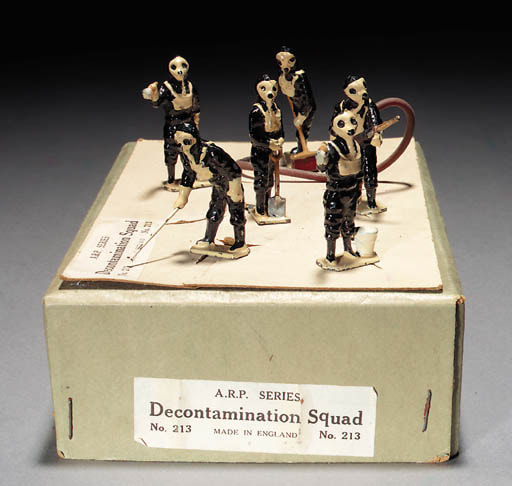
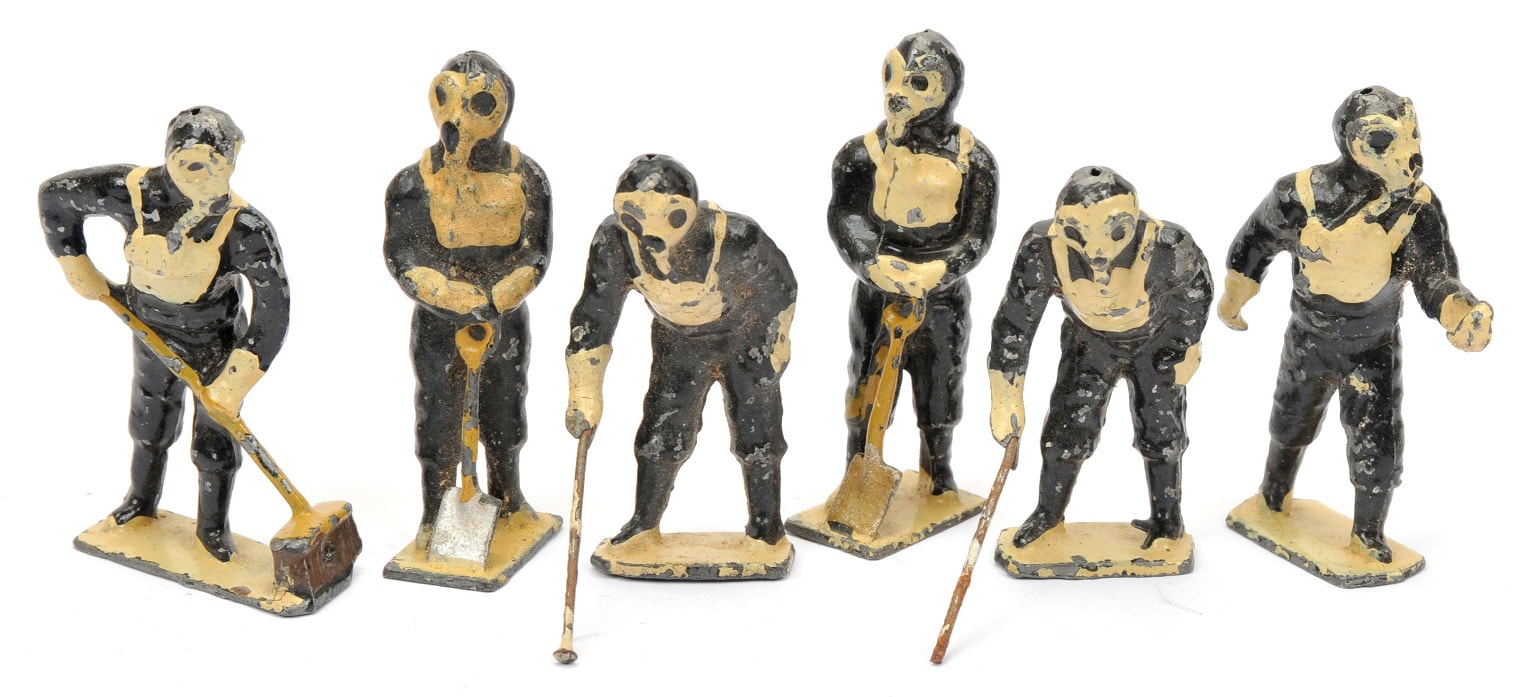
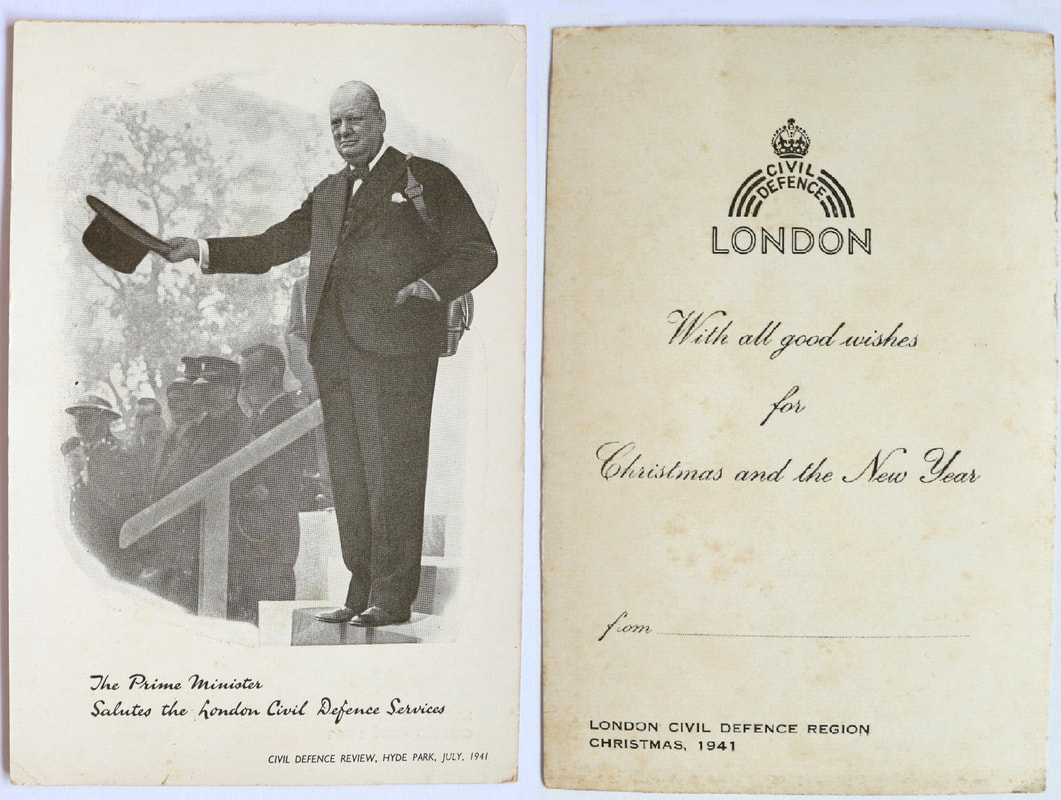
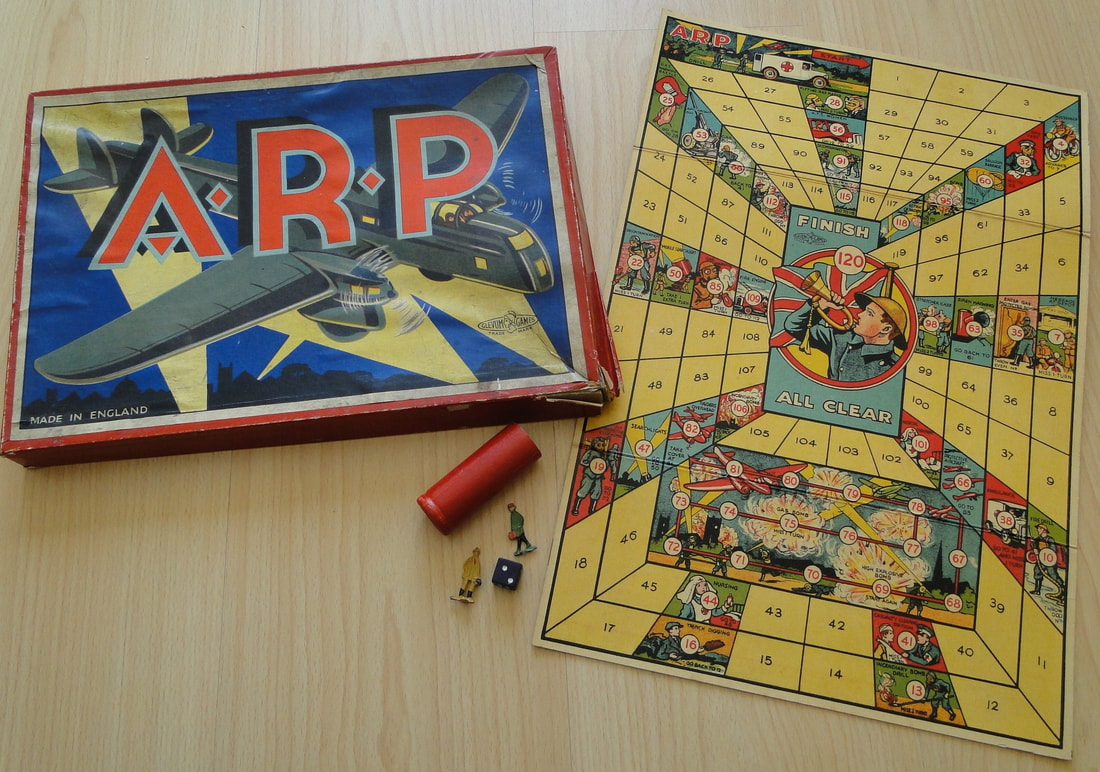
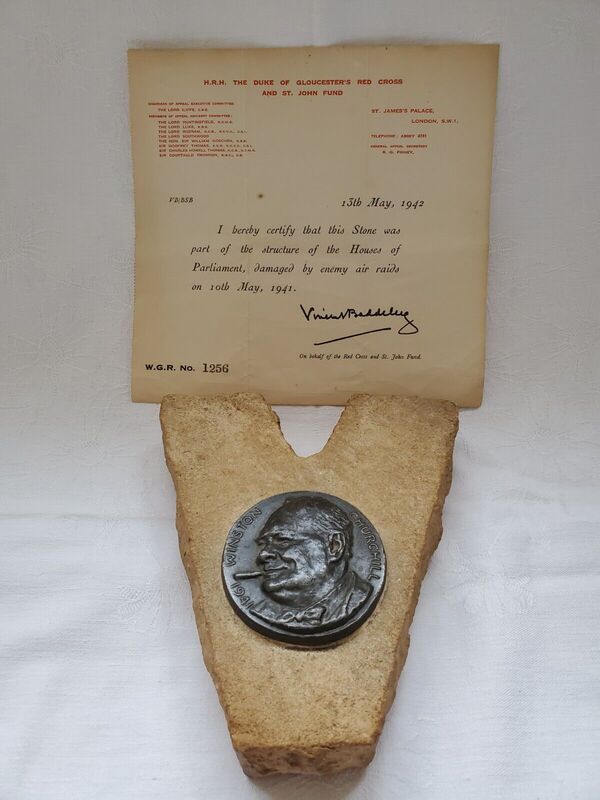
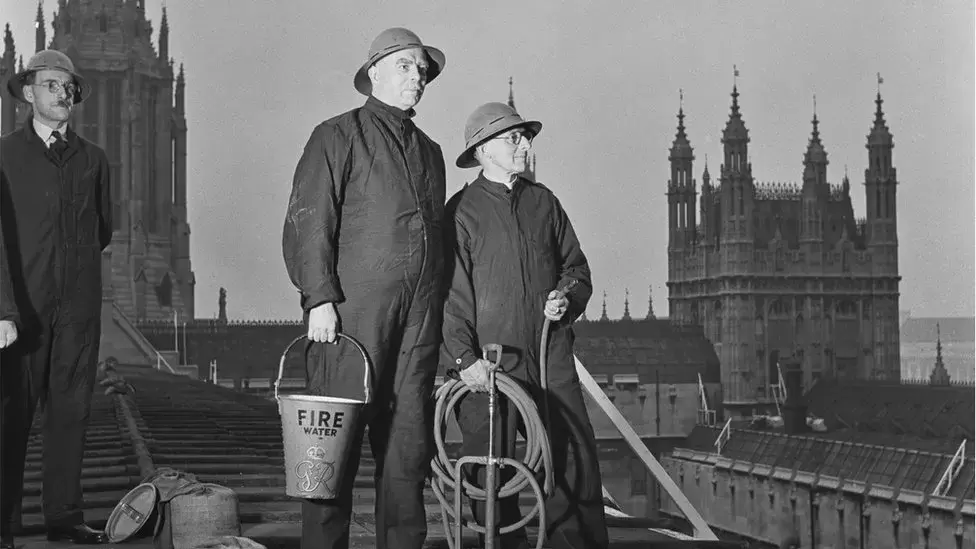
 RSS Feed
RSS Feed